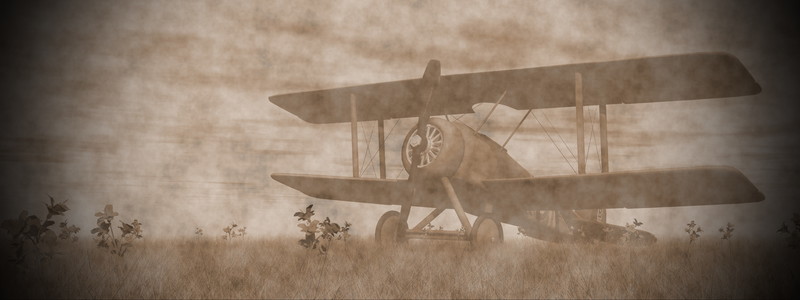
[am4show have=p8;p9;p11;p38;p72;p77;p92; guest_error=Guest error message user_error=User error message ]As long as we’ve watched birds in the skies, a lot of people have wanted to fly. For a long time, this wasn’t even a possibility for people! And than… along came the inventors. And until about a century ago, there wasn’t a power source strong enough to sustain flight without using the natural air currents.
Wind is how the Earth distributes temperature around the planet. The atmosphere is a “sea of air” that is in constant motion. Sometimes it’s hot and dry, sometimes cold and wet, but always fluctuating in temperature and pressure.
When you look at a balloon (imagine it hasn’t been inflated yet), the same amount of air pressure is both inside and outside of the balloon. Now imagine blowing up a balloon. What did you do? You put more air inside the balloon, so how now there’s more air showed into a smaller space than was there a minute ago. You have increased the pressure. The balloon can hold its round shape because there’s more air inside than before it was inflated.
Imagine putting a straw into your lemonade. How do you get the lemonade to move UP the straw, up a higher level than the top surface of the lemonade? You reduce the amount of air in the straw (this is opposite to what you did with the balloon), and now the lemonade zips up the straw, seeming to defy gravity! You lowered the pressure in the straw, and the lemonade went up the straw.
It’s easy to make the assumption that lower pressure pulls things, like the lower pressure int he straw pulled up the lemonade. Not so fast!
That actually happened is that higher pressure pushed the lemonade up the straw. Higher pressure always pushes. Lower pressure does not “pull”.
The higher pressure inside a balloon pushes outward and keeps the balloon in a round shape when inflated. When the pressure in the straw was lowered, it was lower than the surrounding air, which is now as a “higher” pressure and pushes the lemonade up the straw. By “higher” I mean: “higher when you compare it with the pressure in the straw”.
I’ve posted a couple of videos (below) to help you get started with your Flight Lab experience!
This first video is a live class:
Introduction to the Flight Lab
Flight Main Concepts
While you are playing with the experiments in the video, see if you can notice these important ideas:
- Air pressure is all around us.
- The air pushes downward and creates pressure on all things.
- Air pressure changes all the time.
- Higher pressure always pushes.
- The faster air travels over a surface, the less time it has to push down on that surface and create pressure. Fast-moving air creates low-pressure regions.
- The four fundamental forces on an airplane are lift, weight, thrust, and drag.
When air moves quickly, it doesn’t have time to push on a surface, such as an airplane wing. The air just zooms by, barely having time to touch the surface, so not much “air weight” (pressure) gets put on the surface. Less weight means less force on the area. You can think of “pressure” as a force on a given area or surface.
Therefore, a lower pressure region occurs wherever there is fast air movement.
Here’s a live video from a summer camp flight day to get you started: (Please note that this is live footage from a science camp taught to hundreds of kids! Since we didn’t record this video in a studio, just ignore the blips, shakes, and odd angles and focus instead on the real science behind it.)
Live Workshop Camp Recording
Flight Lesson in a REAL Airplane!
Want to fly with me?? Let’s take a flight lesson together with a certified flight instructor! We’ve tapped the audio into our main intercom, so the engine noise should be minimal so you can hear our flight instructor, Al, as well as the radio “chatter” – communications from other airplanes and airports. See you in the skies!
[/am4show]
